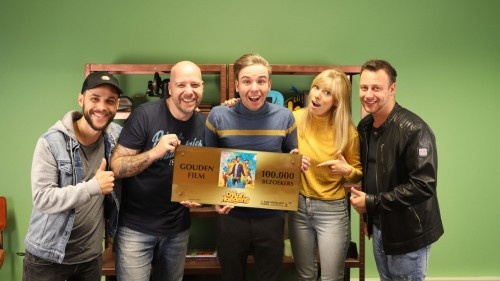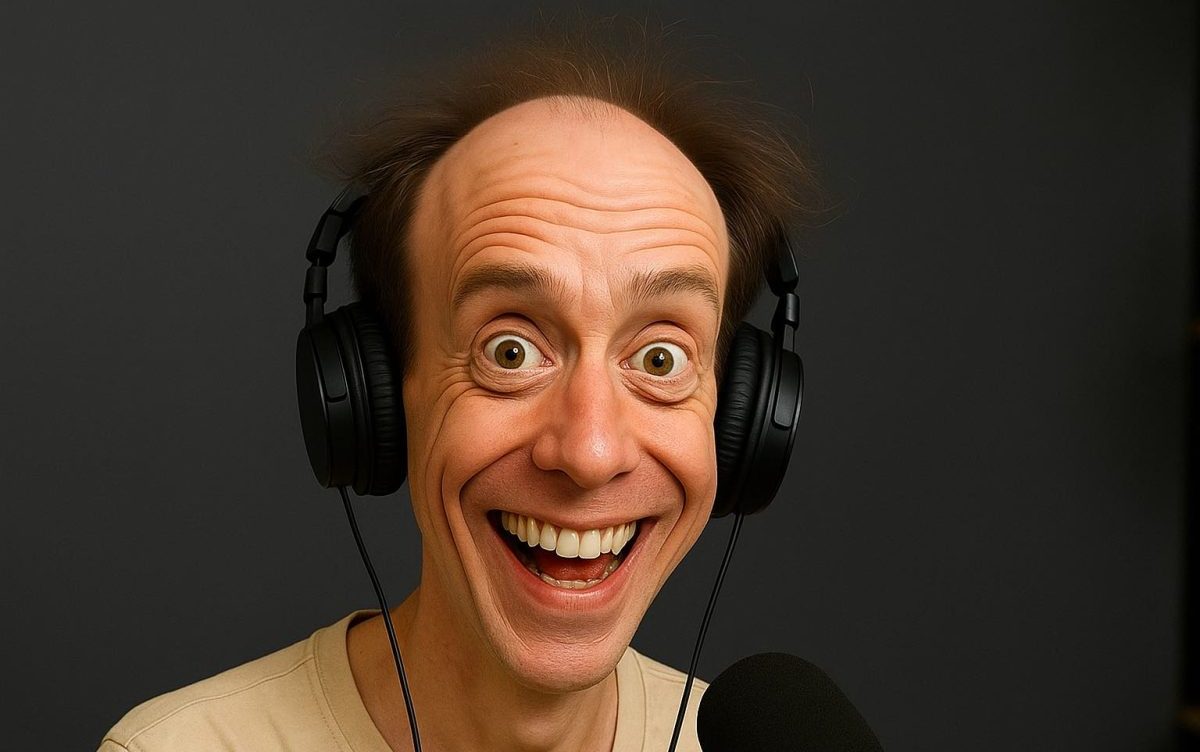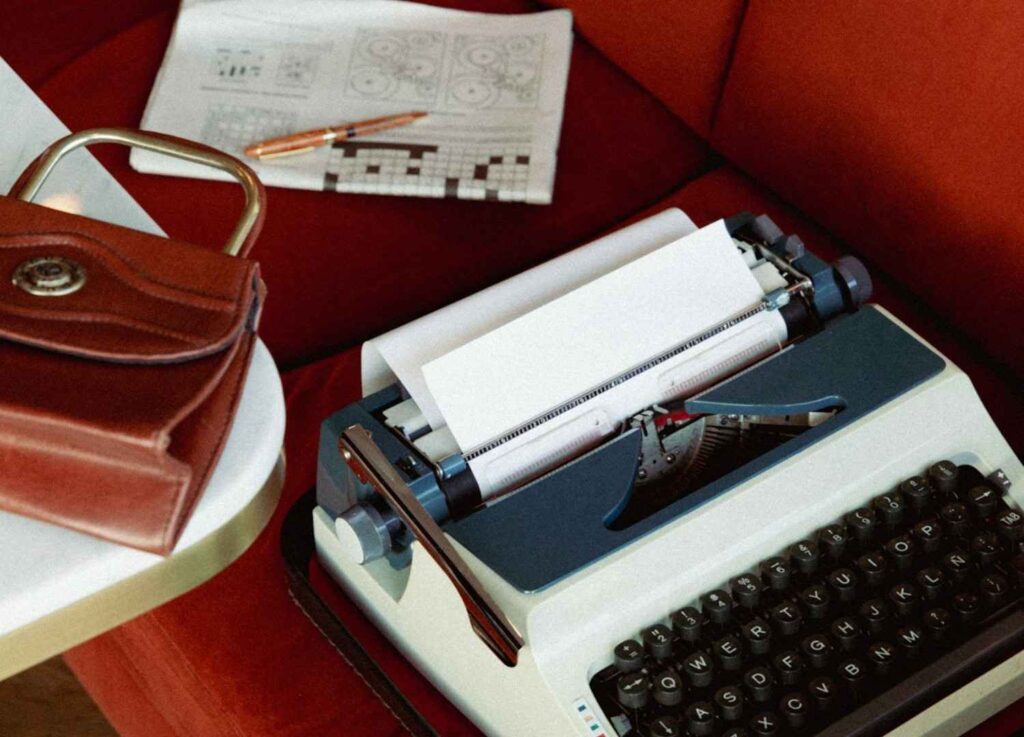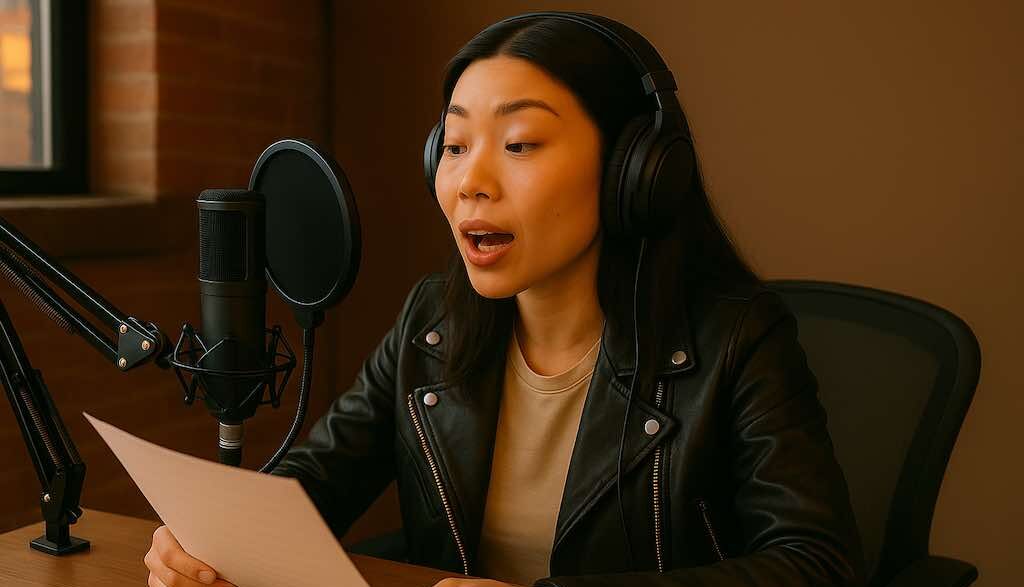I have two daughters. One wants to marry Shawn Mendes and the other wants to become the fifth member of Team Dylan Haegens. When the latter announced that he was making a film for the big screen, there was nothing else for it – we had to go see it.
But, back the truck up, I hear you say: Dylan, who? Ah, yes. For our international friends, here’s a little background. Dylan Haegens is a very successful Dutch YouTuber. Starting out modestly in 2010 while living with his folks, he quickly gained a loyal following on YouTube and brought in a group of good friends to help him broaden his video offering. Their comedy sketches, top 10’s and cartoons made Team Dylan Haegens incredibly popular up and down the country. As of today his main YouTube channel, Dylan Haegens, has nearly 1.5 million subscribers. His second channel, Team Dylan Haegens, has just under 1 million and three of the team also have spin off channels of their own. This success led to merchandising, sponsorships and a heap of other new opportunities for Dylan and his mates… and in 2018 that included a movie.
So, where was I? Ah yes, at Cinema Pathé Arena, screen 11, row 4, one Sunday in August. My youngest got to see her heroes on celluloid, and I got to take a look at how the film was made. Because a Dutch film that draws 100,000 visitors in just 8 days, is quite bizarre. That’s also why I decided to ask initiator and director of the project, Bas van Teylingen, about the story behind the movie.
Before we begin, Bas, can you tell us a little about your background?
When I was very young, I wanted to be an actor/presenter. Which is why I headed to drama school in Amsterdam. I’d already done voice over work since I was 14; for scooter insurance and spot cream. On Saturdays I’d listen to the radio all day long, Radio 538, where my radio ads were played most often. I’d even call the studio to ask if they knew when certain commercials would be airing. When I ended up on the phone with well-known DJ, Rick van Velthuysen, he thought it was hysterical that someone was ringing requesting an ad instead of a song. He said: come by some time. So I did.
I started interning and thereafter worked in a paid position for 1.5 years. 8 hours of radio a day. Pretty quickly I moved over to Endemol with Michael Pilarczyk, who had been brought in to make items, and I was spotted by directors Guus Verstraete and Keesjan den Daas. To begin with I directed items and then I became an all-round director. I did a bit of everything there: TV programmes in big and small studios, ENG, multi ENG, we went all over the world. With Martijn Krabbé (a famous Dutch presenter) we did almost all TV programmes on location.
When did you start making videos for YouTube?
In 2015 I was asked by Ziggo to set up #FIRST, a TV channel with well-known YouTubers. I wanted to know then: what’s it like to be a YouTuber? So, I bought a camera and just started a channel. For fun. But I took the entirety of my experience into the direction; radio, voice work and music knowledge. The young YouTubers thought it was hilarious, an old dude who just starts doing stuff. To begin with they were a bit critical, but there were an increasing number of YouTubers who said: hey, shall we do a video together?
And then you met Dylan Haegens?
Right, at the VEED awards. Dylan approached me there. He said: “You’re Bas, right? I’ve seen your videos. Do you want to a video together sometime?” “Great”, I said. Then he walked away and my son stood there with his mouth open. “Dad, do you have any idea who that was? One of the biggest YouTubers in The Netherlands.”
A week later I recorded a video with him. The voice over challenge. If you watch the video, it looks as if we’ve known each other for years. In fact I just came in, about 10 minutes before we recorded the video. We have good chemistry. He is a younger version of me and I’m the older version of him. We think the same way. That’s where the collaboration stems from, we started recording videos more frequently for each other’s channel.
And then you suddenly thought… a film?
Yeah, but Dylan was doubtful at first. He doesn’t have much affinity for traditional media. But they had been approached already by film and production companies. I’m an odd bird within the YouTube community. Apart from Marijke Helwegen (the Dutch icon of plastic surgery) I’m the oldest YouTuber. But I do similar stuff to her. And I’ve had a couple of good viral videos. What’s more, I speak the language of traditional media. That’s why Dylan was up for making the film with me.
What did you both take into account when adapting YouTube content for the big screen?
Together with Dylan’s team we looked at what they stand for and what they’re good at. Slapstick. They had already put up a successful series on YouTube, called Cliffhanger. Using that as a starting point writer Michiel Peereboom wrote a script. We thought: if parents go along, then they need to enjoy it too. So in the script we mixed in very clear jokes for kids and for adults. Now, if kids start talking about Dylan Haegens over Sunday breakfast, they’ll no longer get told: shut up!
But rather hear: what was he talking about on YouTube? The parents have a better understanding of where the fandom comes from. They’ve laughed along and have a bit more sympathy. There is no parental rating system on YouTube. I think it’s really important that you know what your kids are watching, so I think that as a parent you really need to watch with them.
What are the technical differences between creating for YouTube and film?
We taped in raw 4K, with lenses that cost hundreds of thousands of euros. And we worked with an incredibly experienced Director of Photography, Goof de Koning. Plus, two sound guys, a stylist, make up artist, stunt people, an enormous team and crew, and you rehearse with each other. You also really have to pay attention to your framing.
90% of YouTube is viewed on mobile. A close up for mobile is much quicker to make. If you make it too close in cinema then you will suddenly have an eyebrow 2 metres high or something. So, we really paid attention to the needs of the big screen when making cuts.

What do you think Dylan has learnt from the whole adventure?
I took Dylan by the hand and said: this is the script. And we’re going to chop and change it, which might drive you crazy. The whole post production process was new to him. Working with a composer, the brief, a foley artist, ADR (dubbing), colour correction, special effects and visual effects.
He has said that the film was a great learning experience for him. You can now see very clearly on Dylan’s channel that they’ve leveled up in terms of technical quality. That they are using what they learnt on the film in their videos. Like visual effects. A phone that uses green screen, for instance, so that you can layer content on to it later. He thinks about the videos they make like a director now.
And the other way round? What did the film crew learn from the YouTubers?
(Laughs) Oh, you should’ve been there. We had a number of people who were used to making drama and film. To begin with they didn’t understand at all what it was that we were trying to do. We had to explain the principle of using slapstick on YouTube. “He gets water in his face. OK, but do we see that in the next scene then?” No. “But, why not?” Just because. They looked at us like they’d seen a pig fly. At a certain point they stopped asking questions.
There was a point where we had scenes with Buddy Vedder (a young famous Dutch actor). That’s one cut, one frame. We had said: he’s a professional, he’ll cram it in there. So, I’d move the planning up for what comes next. He came in, and within 20 minutes we had everything. But then we had a 3 hour wait without anything else. That was really frustrating for the executive producer.
In film, they work far more in departments. You don’t worry about what the other one is doing. As a YouTuber you are involved in everything. You have a say about everything. And that’s a good thing too, because Dylan’s face is on this. He is the brand.
Dylan and Marit have an enormous network in Venray. We needed three Ferraris: “Oh, we know someone.” And then we had three Ferraris. An expensive house? “Oh, yeah we know so and so.” Organising it and being autonomous, it’s best compared to radio, there too – you are it. Production, direction, presentation, you think about campaigns… That’s how YouTubers work too.
And now onto the sequel?
For Dylan’s team this was heavy going, they’ve been doing it on top of their normal workload. And what’s more, along with three other YouTubers, we’ve started work on a new film with my company Online Cookie Collective. I think it will depend on the fans.
At the end of the year the Dylan film is going to Videoland or Netflix. There will probably be DVDs too. Some of the younger fans ask for DVDs. Amazing. And… if you look back through film history for good sequels… they’re tricky. You need to set the bar higher then.
You can’t just do the same thing as we did in Venray. If we want to make a sequel, then we’d have to do something like the Zoop films (a popular Dutch TV series for young people that spawned three spin off movies), and go to South America. Then you really need to have an adventure. For Dylan the focus is definitely going to stay with YouTube.
In conclusion: what would your advice be to people who want to set up their own YouTube channel?
You need to see a YouTube channel as a format. Many brands and traditional media see it as a TV broadcaster. It doesn’t work like that. You need to do one thing. A YouTube channel is not a collector’s cabinet for any old rubbish. If you want to grow on YouTube, you need to make more of the same thing. So, choose one thing and make videos about that. That way people will stick with your channel. And if, as a creator, you want to do something on YouTube, make sure you do something that you really enjoy.
Because you need to keep it up. Don’t focus on the numbers too much, the subscribers and views. At a certain point, if people discover it, those will take care of themselves. And, if they see that there is more of the same coming, they’ll become fans, and then they´ll also promote your channel.
How to write powerful film festival submission cases? Find out more about it in our whitepaper with tips and tricks on creating an impactful festival case. Download the ebook on increasing your chance of a festival win here!




